All on-location toilet construction and training projects are performed by TFP's non-profit foundation. TFP has conducted composting toilet training and installation projects in Haiti, Mexico, Nicaragua, Peru and Senegal with our partner NGOs.
The composting toilet technology TFP uses is one of the simplest, most proven, and popular private composting toilet designs in the developed world. We are bringing this technology to the developing world by using low-cost, local materials, appropriate technology and local labor.
Smart investments in sanitation can reduce disease, increase family incomes, keep girls in school, help preserve the environment, and enhance human dignity. Community Development NGOs (non-governmental organizations) that are working to bring health, improved quality of life and safety to those living in poverty around the world understand the importance of providing access to a sustainable, private, and hygienic toilets to the people they serve. This is especially true for women and girls who suffer disproportionately when there is a lack of access to toilets.
If conventional toilet options like flush toilets or pit latrines are desired by the community and appropriate for location in question – then there is no reason to look further and those are the toilet solutions to be implemented by the NGO. However, there are locations where flush toilets and pit latrines are not appropriate. These can include flood-prone areas or areas with high groundwater levels.
In flood-prone locations, flush toilets back up and pit latrines overflow contaminating the environment and potentially drinking water supplies – with dire consequences to the public health through water-borne diseases like cholera. In high-groundwater locations, if there is not enough of a soil buffer between the bottom of the pit latrine and the highest seasonal groundwater level – then there is risk of groundwater contamination. Well water is a common source of potable water in developing countries. If that groundwater is consumed, then that individual is at risk of contracting water-borne diseases as well.
In flood-prone and high groundwater locations, double-vault latrines (also known as aboveground or EcoSan composting latrines) are the default option. While effective, the disadvantages of this sanitation option include its expensive and time consuming construction process using large quantities of brick and cement, the requirement for considerable space, and difficulty for users to safely maintain the latrine, since the users need to remove and dispose of a cubic yard of waste (which often still contains dangerous pathogens) from the vault when they become full.
how much does it cost?
The average in-country material cost to build a locally made, composting toilet, pee toilet and urinal is $200.
Approximate cost to hire TFP's non-profit foundation to conduct an on-location bathroom construction and installation project is $5,000. Costs can very depending on the location. A TFP team of three will come to your location to train your NGO staff, provide capacity building to community members and construct & install 3 composting toilets (with urine diversion) and 3 pee toilets (sit down or squat style) and 3 urinals (stand up style for men) using local materials and labor. Trip duration is typically 10 days including travel time.


